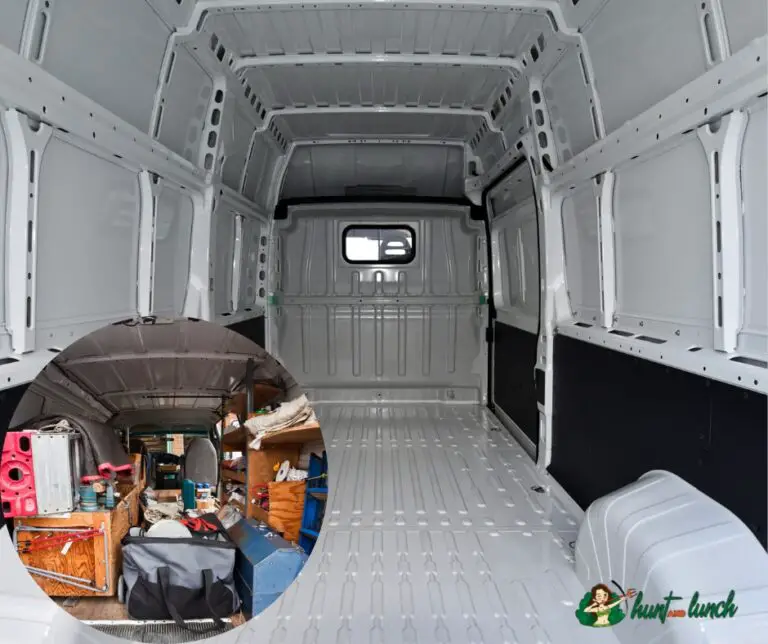
Building a false wall in a closet is a practical solution for creating hidden storage or concealing unsightly elements. Here’s a step-by-step guide on how to build a false wall in a closet:
Materials You’ll Need:
- Measuring tape
- Plywood sheets or MDF (Medium-Density Fiberboard)
- 2×4 lumber or other framing material
- Circular saw or table saw
- Screws or nails
- Screwdriver or nail gun
- Level
- Construction adhesive
- Wall paint and primer (optional)
- Drywall (optional)
- Drywall joint compound (optional)
- Sandpaper (optional)
- Paint or finish for the false wall (optional)
Steps:
- Measure and Plan:
- Measure the closet’s dimensions and determine the size of the false wall you want to build. Consider the desired depth and height.
- Prepare the Frame:
- Cut 2×4 lumber or your chosen framing material to create the frame for the false wall. The frame should match the dimensions of the planned false wall.
- Attach horizontal and vertical studs within the frame, spaced 16 inches apart on center to provide structural support.
- Cut and Attach the Panels:
- Cut plywood sheets or MDF to the dimensions of the false wall. These panels will serve as the front surface of the false wall.
- Attach the panels to the frame using screws or nails, ensuring they are flush with the frame. You may also use construction adhesive to bond the panels to the frame for added stability.
- Secure the Frame:
- Attach the frame to the closet walls using screws or nails. Ensure it is level and securely anchored to the closet structure.
- Finishing (Optional):
- If desired, finish the false wall to match your closet’s interior. This may include painting it to match the existing wall color or applying a different finish.
- Install Shelving or Storage (Optional):
- If you plan to use the false wall for storage, install shelves or other storage elements as needed. Make sure they are securely fastened to the frame.
- Conceal the False Wall (Optional):
- If you want the false wall to blend seamlessly with the rest of the closet, you can cover it with drywall. Attach drywall sheets, apply joint compound, sand, and finish with paint to match the closet’s interior.
- Securely Fasten the False Wall:
- Double-check that the false wall is securely fastened to the closet structure and is stable. Ensure there are no gaps or loose components.
- Add Hardware (Optional):
- If the false wall features a hidden door or access panel, install the necessary hardware, such as hinges, handles, or latches.
- Test and Adjust:
- Test the functionality of your false wall, especially if it includes moving parts or hidden compartments. Make any necessary adjustments to ensure it operates smoothly.
Here are the steps on how to build a false back in a closet:
- Measure the width and height of the closet space where you want to install the false back.
- Cut a piece of plywood to the desired dimensions.
- Attach the plywood to the back of the closet using screws or nails.
- If desired, add insulation to the false back to improve soundproofing or energy efficiency.
- Finish the false back by painting or wallpapering it to match the rest of the closet.
steps on how to build a wall-to-wall closet with doors:
- Measure the width and height of the closet space.
- Cut two pieces of plywood to the desired dimensions for the side walls.
- Attach the side walls to the floor and ceiling using screws or nails.
- Cut a piece of plywood to the desired dimensions for the back wall.
- Attach the back wall to the side walls using screws or nails.
- Cut two pieces of plywood to the desired dimensions for the doors.
- Attach the doors to the side walls using hinges.
- Add trim to the doors and walls to finish the closet.
Here are the steps on how to make a moveable wall:
- Decide where you want to place the moveable wall.
- Measure the width and height of the space where you want to place the moveable wall.
- Cut two pieces of plywood to the desired dimensions for the side panels.
- Attach the side panels to the floor and ceiling using screws or nails.
- Cut a piece of plywood to the desired dimensions for the top panel.
- Attach the top panel to the side panels using screws or nails.
- Add wheels to the bottom of the moveable wall.
- Attach the moveable wall to the wall using hinges.
Here are the steps on how to install a faux wall:
- Decide where you want to install the faux wall.
- Measure the width and height of the space where you want to install the faux wall.
- Cut a piece of plywood to the desired dimensions.
- Attach the plywood to the wall using screws or nails.
- If desired, add insulation to the faux wall to improve soundproofing or energy efficiency.
- Finish the faux wall by painting or wallpapering it to match the rest of the room.
Pros and Cons of Creating a FAKE Wall for Hidden Storage
Creating a fake wall for hidden storage can be an attractive solution for maximizing space and maintaining a clutter-free appearance in your home. However, like any home improvement project, it comes with its own set of pros and cons:
Pros of Creating a FAKE Wall
- Maximizes Space: Fake walls with hidden storage can make the most of available space, especially in small or tight areas where traditional storage solutions may not fit.
- Conceals Clutter: You can hide items that you don’t want in plain sight, such as electronics, valuables, or seasonal items, giving your living space a cleaner, neater appearance.
- Enhances Aesthetics: When designed and finished well, fake walls can blend seamlessly with the existing decor, adding to the overall aesthetics of the room.
- Customizable: You can customize the design and layout of the hidden storage to suit your specific needs, including shelving, compartments, or even hidden doors.
- Security and Privacy: Valuables and personal items can be stored securely, reducing the risk of theft or unauthorized access.
- Increased Home Value: Well-designed hidden storage solutions can add value to your home by making it more attractive to potential buyers who appreciate the convenience and space-saving features.
Cons of Creating a FAKE Wall
- Cost: Creating a fake wall with hidden storage can be expensive, especially if it involves structural modifications, specialized materials, or professional installation.
- Complexity: Designing and building hidden storage walls can be a complex DIY project, requiring advanced carpentry and construction skills.
- Loss of Space: While it maximizes space, it can also consume valuable square footage in your home, potentially making rooms feel smaller.
- Maintenance: Hidden storage may require regular maintenance to ensure it operates smoothly, especially if it involves moving parts or concealed compartments.
- Reversibility: Some hidden storage solutions are difficult to reverse or remove without significant renovation work, which may not be suitable for renters or those who plan to sell their homes.
- Weight and Load: Consider the weight and load-bearing capacity of hidden storage compartments, as overloading them can lead to structural issues.
- Permit and Code Compliance: Depending on the scope of the project, you may need permits and must adhere to local building codes, which can be time-consuming and costly.
- Accessibility: Ensure that your hidden storage is easily accessible and doesn’t require excessive effort to use regularly.
- Design Aesthetics: If not designed and finished well, a fake wall can look out of place or disrupt the overall design of a room.
Summary
In conclusion, creating a fake wall for hidden storage can be a practical and visually appealing solution for organizing your living space, but it should be carefully planned and executed to ensure that it meets your needs and integrates seamlessly with your home’s design. Weighing the pros and cons and considering your specific circumstances will help you make an informed decision about whether this type of storage solution is right for you.
Building a false wall in a closet is a versatile project that can create additional storage space or enhance the closet’s aesthetics. Ensure that you follow safety precautions and local building codes when undertaking such a project, and consider consulting a professional if you’re uncertain about any aspect of the construction.






